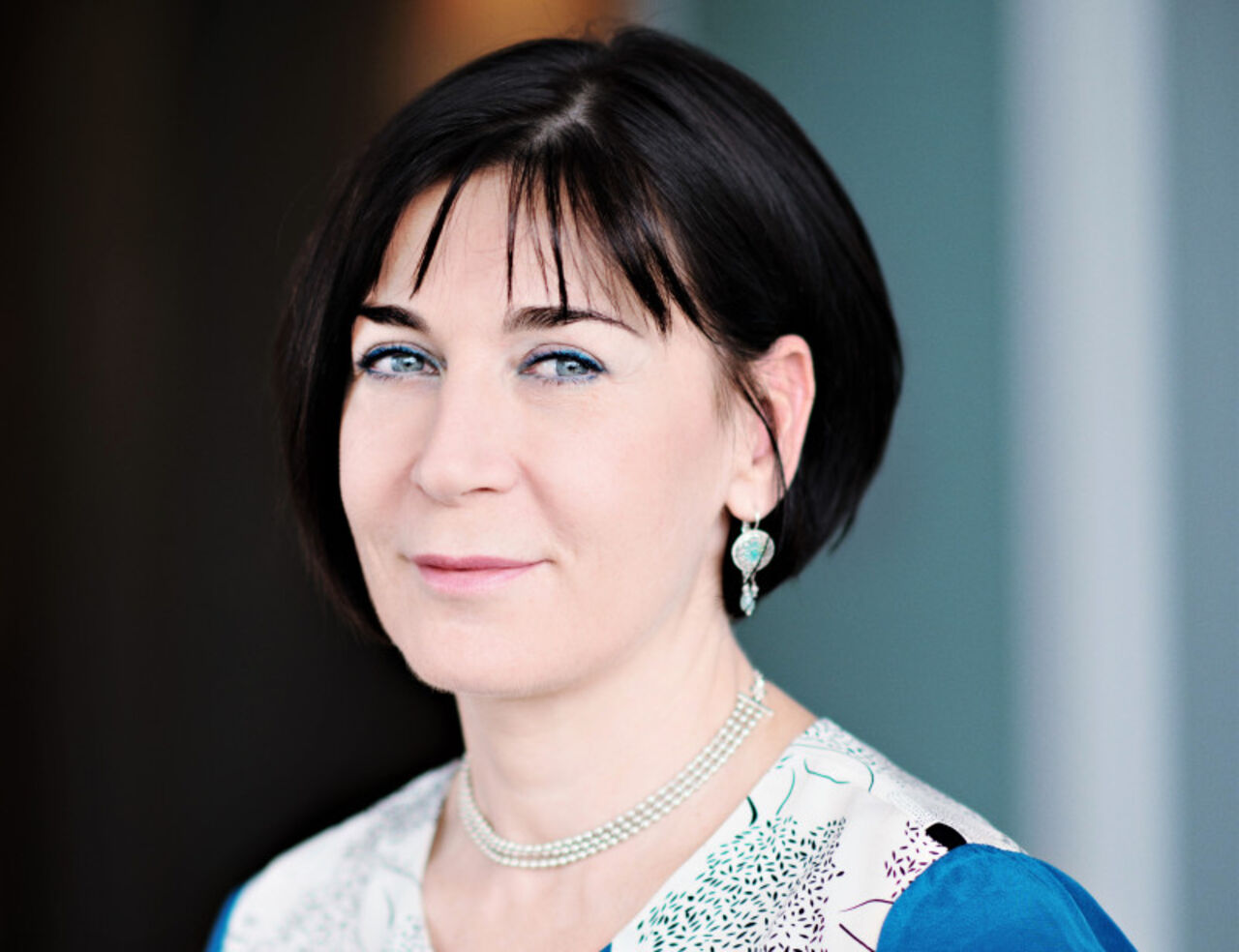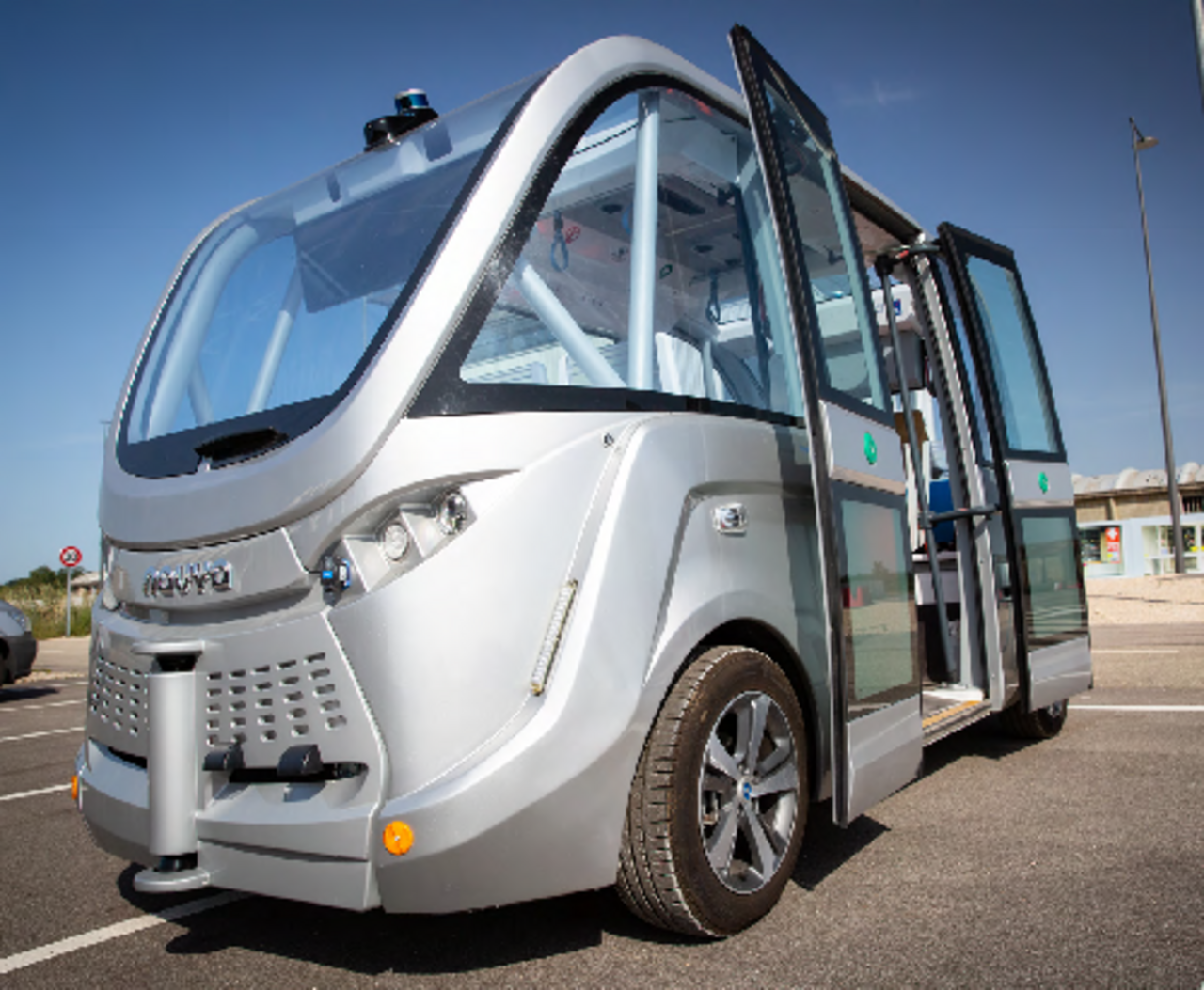Valérie David, Director of Sustainable Development and Transversal Innovation at Eiffage
What form does the partnership between Eiffage and Université Gustave Eiffel take?
Our Road activity teams have been working for many years alongside what was originally known as the Central Civil Engineering laboratory, before becoming IFSTTAR and presently Université Gustave Eiffel. Names change and organisations are transformed, but we share the University’s appetite for scientific collaboration. On either side, the passion for our activity is what drives us. We have forged a relationship of trust with the University over time. This long-standing bond, a rarity in the business world, allows us to see projects through to maturity, which might otherwise suffer from the dictatorship of the short term. Among our landmark collaborations, we can mention the I-Street project launched in the framework of ADEME’s Road of the Future programme, the ENA project to experiment self-driving shuttles and, more recently, the E3S programme led on the LaVallée project site in Châtenay-Malabry.
What does the E3S programme represent for Eiffage?
It was initially a gamble. Implementing a research-action programme around the sustainable city with 60 teacher-researchers and students, while executing a several billion-euro-worksite, represented an enormous leap into the unknown. We threw ourselves into this venture because we believed it to be a relevant project, but also because we placed a great deal of trust in IFSTTAR. At present, we can only congratulate ourselves for having taken up this challenge. Carrying out research simultaneously with a worksite project enables us to implement innovations directly. What’s more, this venture taught us a great deal about our maturity, our margins of progress and our ability for research and development on the sustainable city. I believe everyone is satisfied with this experiment and I hope there will be more to come in other regions.


